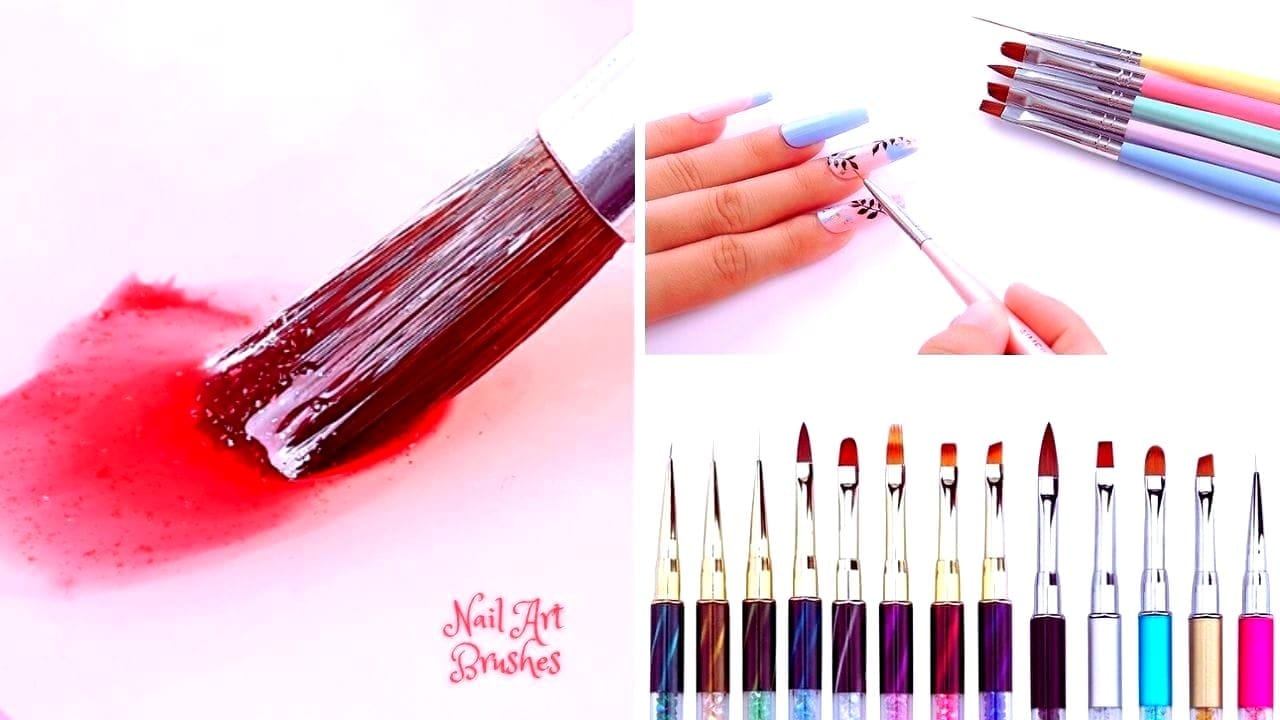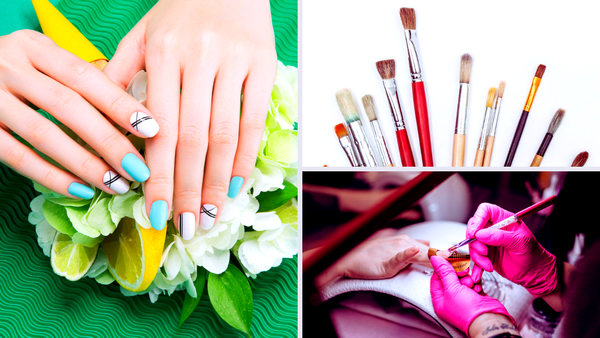Key Takeaways:
- Acetone can damage both natural and synthetic nail brushes if not used correctly.
- There are safer alternatives and methods to clean nail brushes without compromising integrity.
- Proper maintenance extends the life of your nail brushes, ensuring better nail art results.
Nail artistry is a delicate craft that relies heavily on the tools of the trade. Among these, nail brushes are paramount for detailed work. But when cleaning these brushes, especially after using products like acrylic nails or gel polish, many nail technicians and enthusiasts face a common dilemma: is acetone bad for nail brushes? Let's delve into the intricacies of this question and explore the best practices for maintaining your nail art tools.
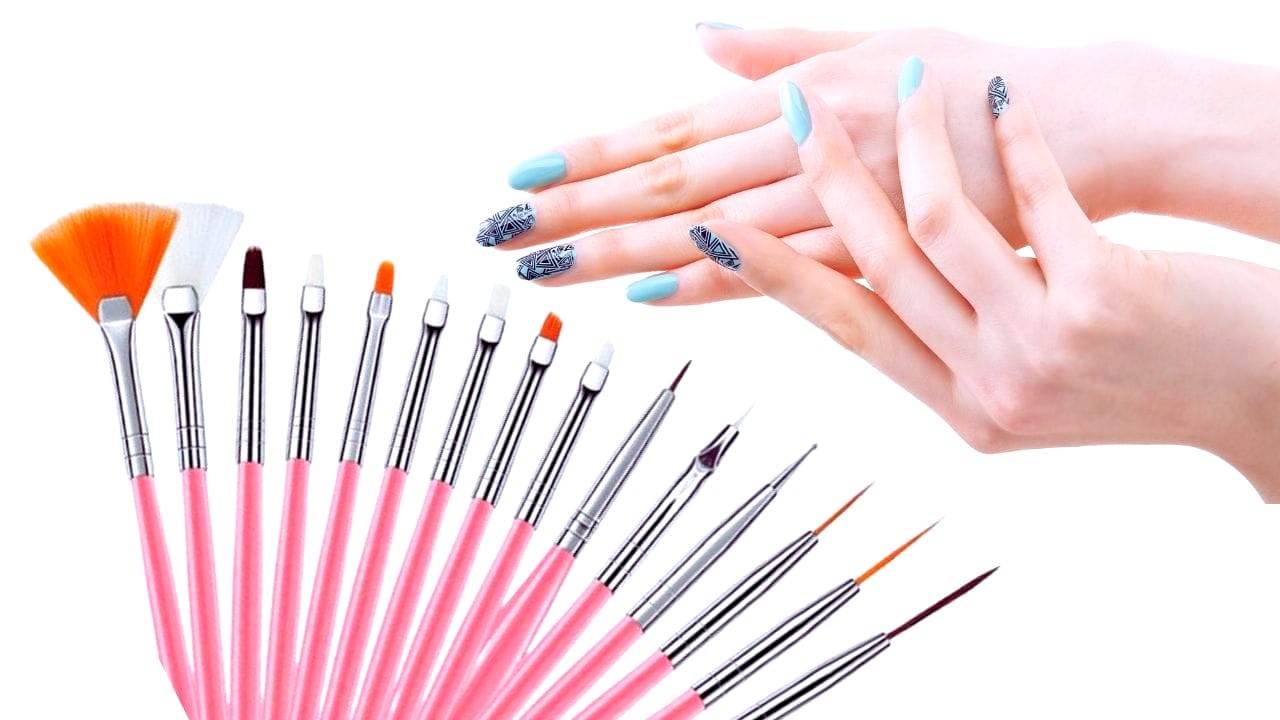
The Impact of Acetone on Nail Brushes
Acetone, a powerful solvent, is widely used in the beauty industry, particularly as a nail polish remover. Its strength, however, can be a double-edged sword. When it comes to cleaning nail brushes, whether they are acrylic nail brushes, gel nail brushes, or nail art brushes, acetone's harsh nature can cause damage. The bristles of nail brushes, whether made from natural hair or synthetic fibers, can become brittle and lose their shape when exposed to acetone.
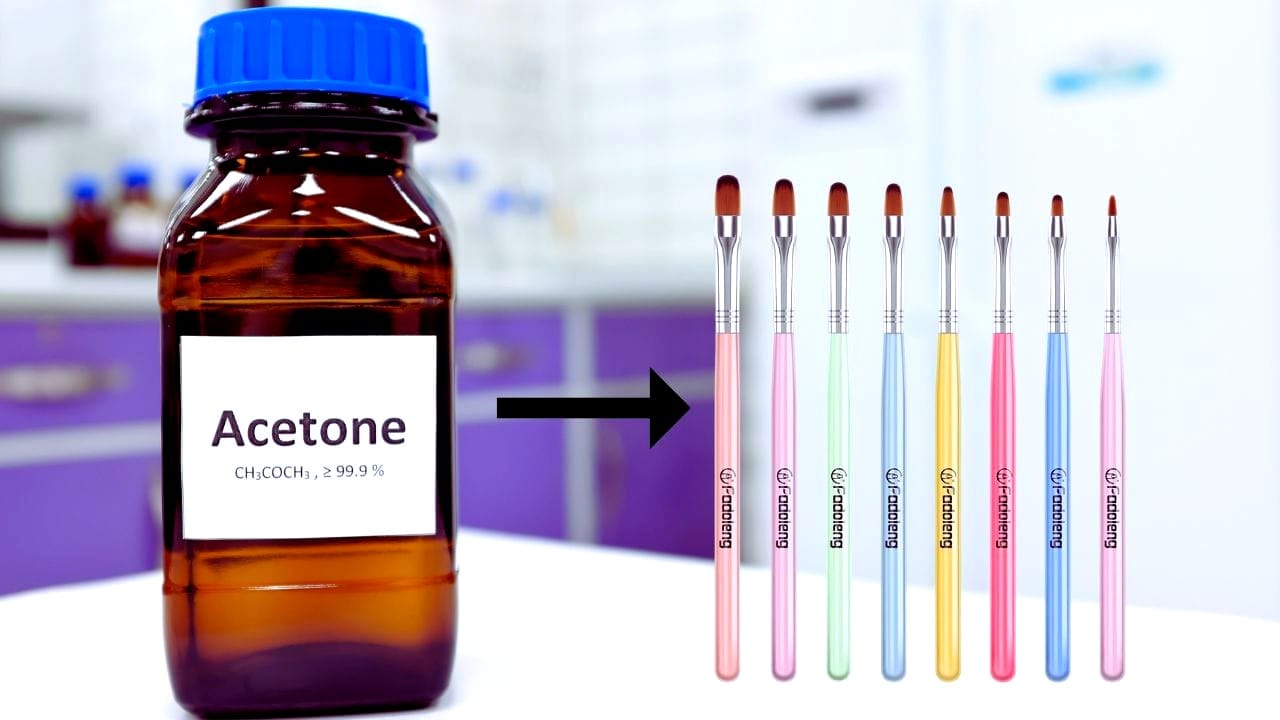
Understanding Brush Materials
The type of bristles in your nail brushes plays a significant role in how they interact with acetone. Natural hair brushes, such as those made from sable hair, are particularly susceptible to the drying effects of acetone. Synthetic nail brushes, while slightly more resilient, can also suffer from the solvent's aggressive properties. Over time, the repeated use of acetone can lead to frayed and stiff bristles, reducing the precision and lifespan of your brushes.
Alternatives to Acetone for Cleaning Brushes
Fortunately, there are safer methods to clean your nail brushes without resorting to acetone. Monomer nail liquid, for instance, is an excellent choice for cleaning acrylic nail brushes. It effectively removes acrylic beads without damaging the bristles. For gel nail brushes, a gentle wipe with a lint-free cloth and a small amount of isopropyl alcohol can remove residue without the harsh effects of acetone.
The Proper Way to Clean Acrylic Nail Brushes
When cleaning acrylic nail brushes, it's crucial to avoid soaking them in any solution, including monomer, for extended periods. Instead, gently wipe the bristles on a clean paper towel to remove excess acrylic liquid. Then, wipe the brush in fresh monomer until the bristles are clean. This method preserves the brush's shape and integrity.
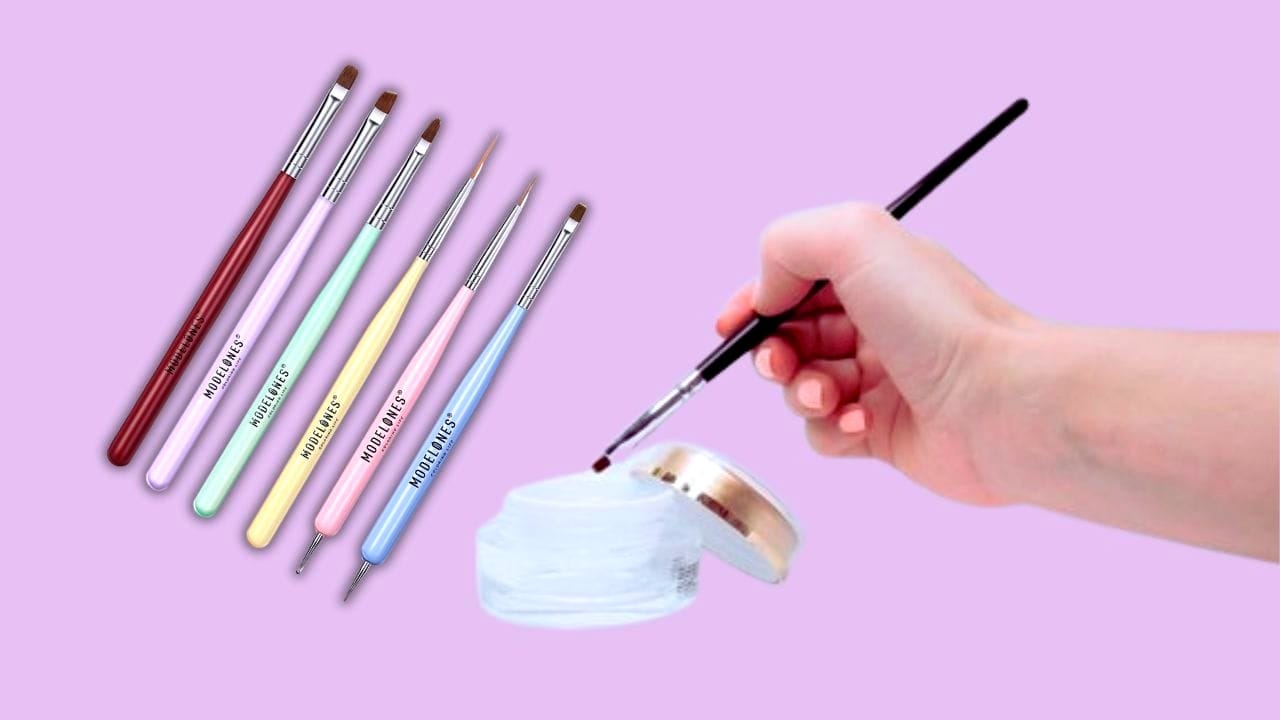
The Nuances of Nail Brush Fibers
Have you ever wondered why some nail brushes withstand the test of time while others fall apart after a few uses? It's all in the fibers! Natural hair brushes, like those made from sable hair, are prized for their ability to hold and distribute acrylic beads smoothly. However, when it comes to cleaning, they require a gentle touch. A lint-free cloth and a brush cleaner designed for natural fibers can keep these brushes in shape. Avoid harsh chemicals like acetone, which can dry out and damage the delicate bristles.
The Art of Deep Cleaning Nail Brushes
Deep cleaning is a crucial step in the cleaning process for both acrylic and gel nail brushes. For acrylic brushes, a deep clean in fresh monomer can help remove any built-up product. Place the brush in a small dish of monomer and gently press the bristles against the bottom to release trapped acrylic liquid. After a few minutes, remove the brush and gently wipe it on a clean paper towel. For gel polish brushes, if there's a significant buildup, you might need to use a separate bottle of gel brush cleaner or rubbing alcohol. Dip the brush in the cleaner and use a lint-free cloth to clean the bristles gently.
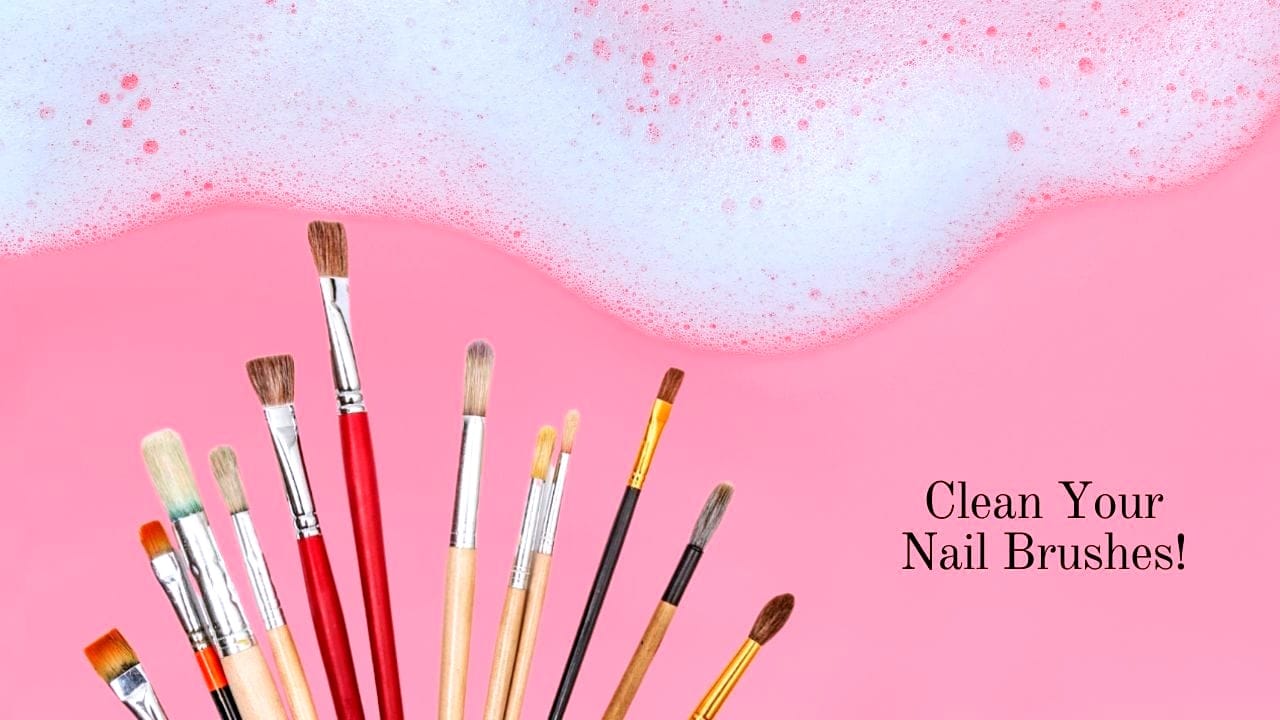
Maintaining Gel Nail Brushes
Gel nail brushes require a different approach. After use, gently clean gel brushes with a lint-free wipe to remove any gel polish residue. If necessary, a small amount of isopropyl alcohol can break down stubborn gel. Always ensure that the bristles are reshaped before storing the brush horizontally in a brush holder to prevent bristle splay.
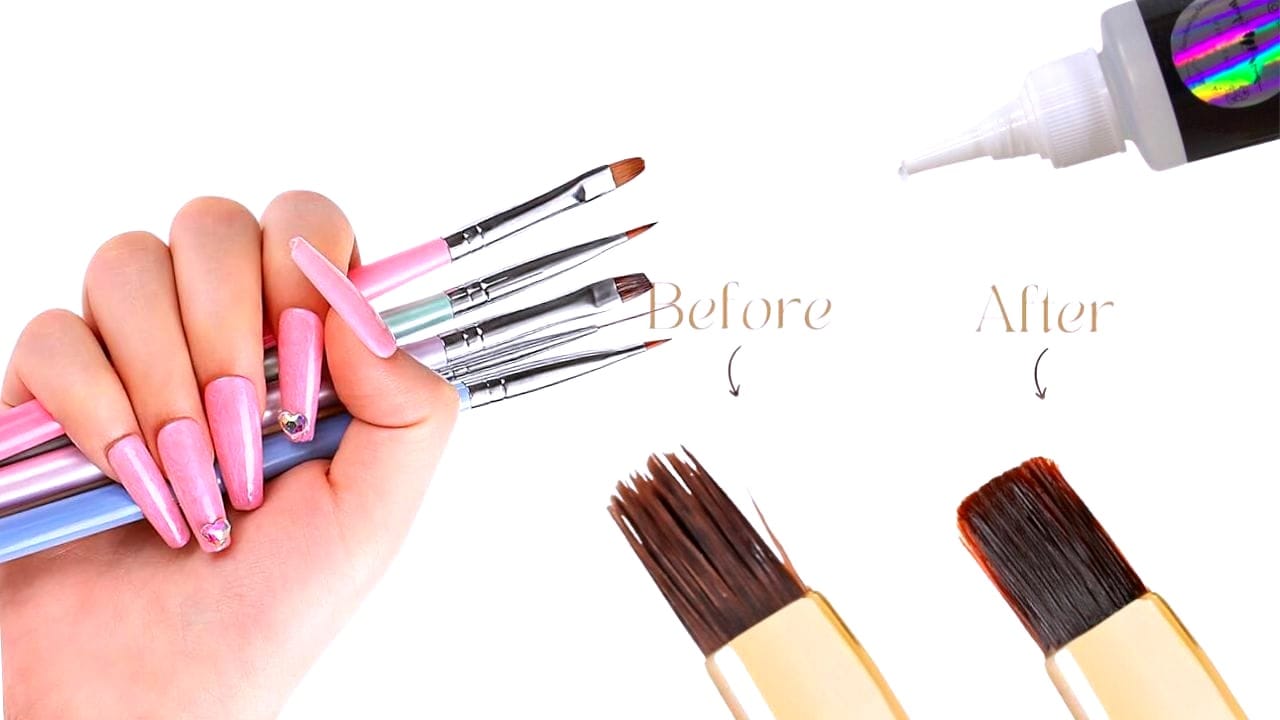
The Role of Brush Cleaners
Specialized brush cleaners are available on the market, designed to gently clean nail art brushes without the harshness of acetone. These solutions often contain conditioning agents that help maintain the softness and flexibility of the bristles, whether natural or synthetic. Using these cleaners as part of your regular brush maintenance can significantly extend the life of your brushes.
Best Practices for Brush Care
Regular maintenance is key to keeping your nail brushes in top condition. After each use, a regular wipe with a lint-free cloth can prevent buildup. For a deeper clean, occasionally rinse the bristles in warm water and let them dry naturally. Storing brushes in a brush case or separate bottle can protect them from dust and damage.
When to Use Acetone as a Last Resort
Sometimes, acetone may be necessary to remove certain products from your brushes, such as acrylic paint or heavily pigmented gel. If you must use acetone, do so sparingly. Dip the bristles in a shallow dish of acetone for a brief moment, then gently rinse with warm water and reshape the bristles. Always consider acetone as a last resort and use it with caution.

Summary
Acetone can be detrimental to nail brushes if misused. Understanding the material of your brushes and opting for gentler cleaning methods can prevent damage and extend their usability. Regular maintenance, including a gentle wipe after each use and occasional deep cleaning, will keep your nail art brushes in prime condition for creating beautiful nail art.
FAQ Section
Can I use acetone to clean my gel nail brushes?
Using acetone on gel nail brushes is not recommended as it can damage the bristles. Instead, use a lint-free cloth and isopropyl alcohol for cleaning.
How often should I clean my acrylic nail brushes?
Clean your acrylic nail brushes to prevent acrylic buildup after each use. Use fresh monomer and a lint-free wipe for a deep clean, avoiding prolonged soaking.
What's the best way to store my nail brushes after cleaning?
After cleaning, reshape the bristles and store your brushes horizontally in a brush holder or case to keep them protected and maintain their shape.
